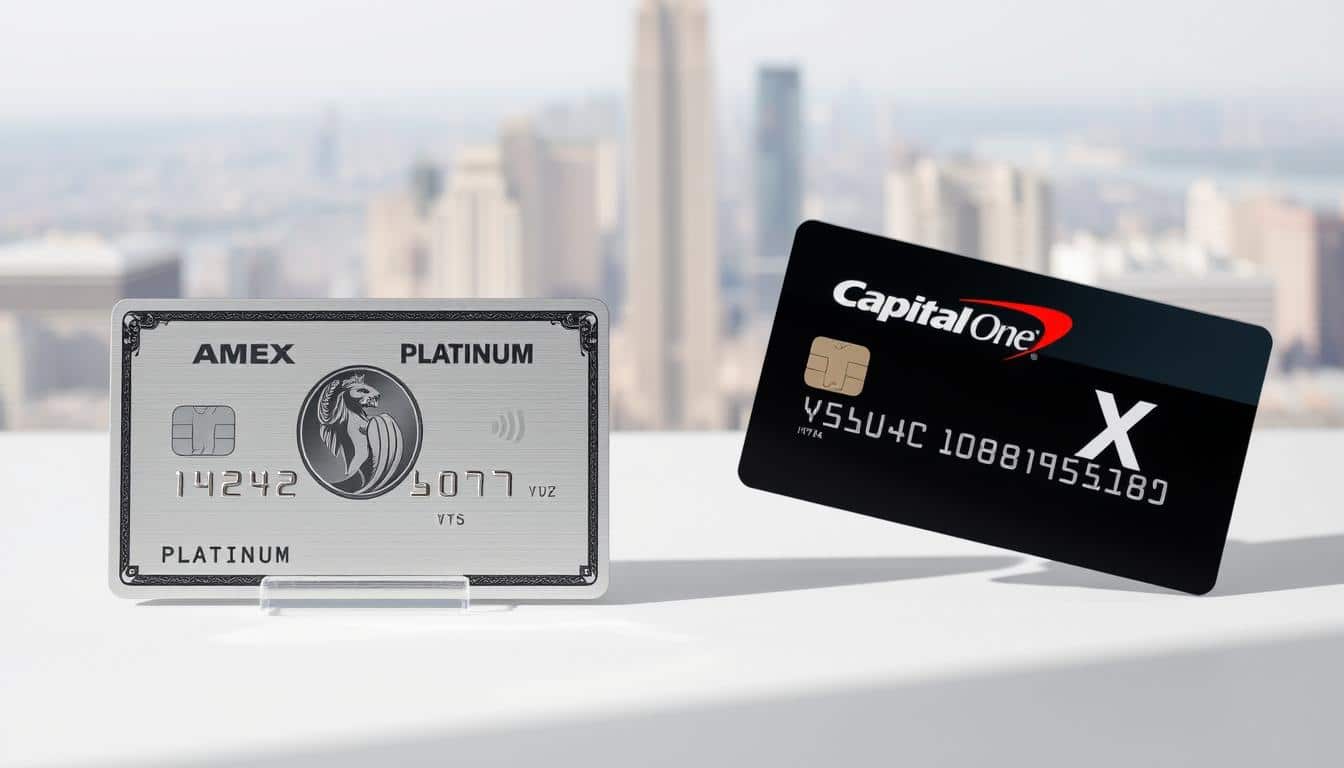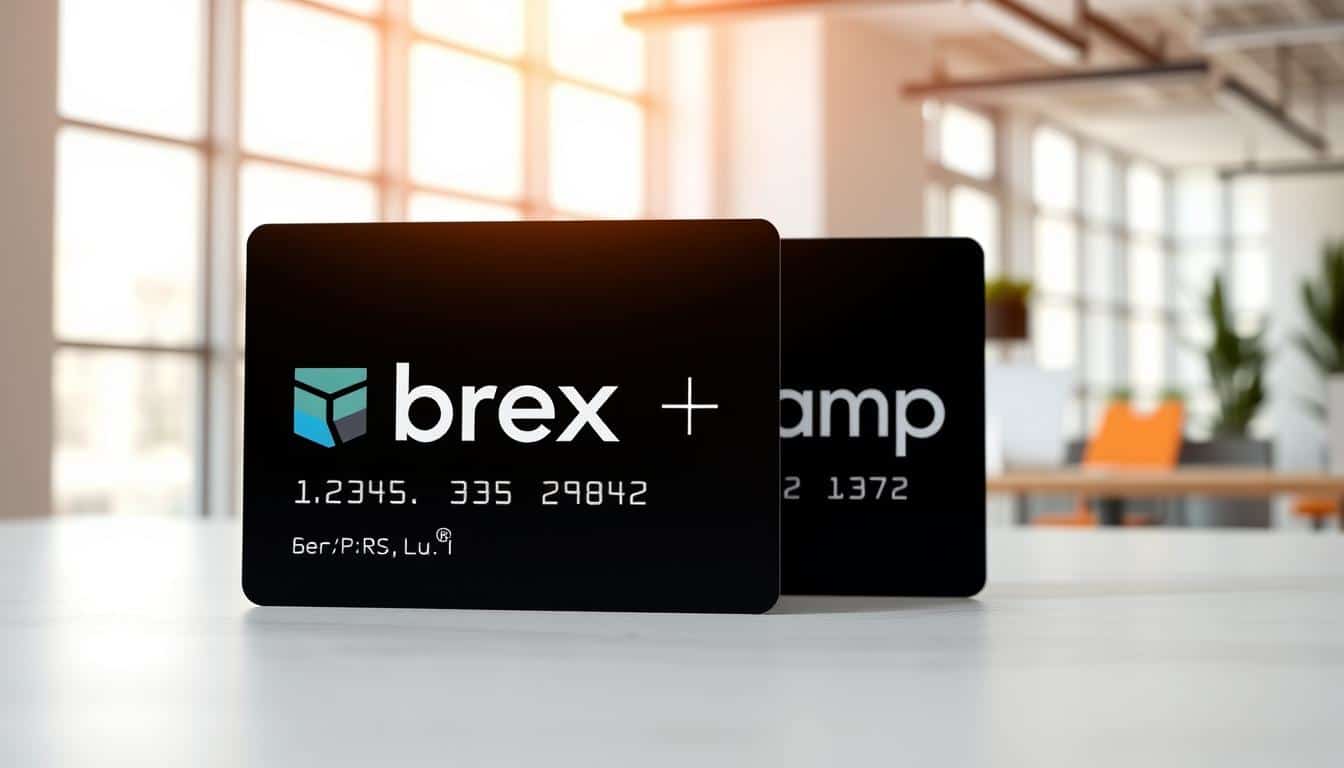Anúncios
Do you want a card for every moment?
The exchange rate is a key part of Guyana’s economy. It shows overall trends and impacts important money choices. Looking at how the currency value changes can tell us a lot about the country’s financial health and stability. This piece will explore the Guyanese Dollar (GYD) versus the United States Dollar (USD). We’ll look at recent changes, what they mean for the economy, and what might happen next.

GBTI Visa Gold Card
Understanding the Current Exchange Rate in Guyana
The currency’s value in Guyana is key to its economy. As of 2024’s end, it was GYD 209.1 to the USD. This shows a slight drop from GYD 209.4 in 2023.
These small changes in the exchange rate tell us about the currency’s stability and the economic health.
Overview of the Current Exchange Rate
The average exchange rate has been around GYD 208.5 over the last decade. Yet, there have been ups and downs.
For instance, it went up from GYD 205.7 about ten years ago. This history helps us understand the current economic scene. The exchange rate impacts trade and investment in Guyana.
Historical Trends of GYD against USD
Looking at GYD versus USD over time shows different trends. Knowing the past helps businesses and investors make future predictions.
Keeping track of these shifts helps adjust strategies to fit the market.

Factors Influencing Exchange Rate in Guyana
Two main factors affect Guyana’s exchange rate: economic indicators and political stability. These elements influence how people view the currency’s strength. This can cause the exchange rate to change.
Economic Indicators and Their Impact
Economic signs like inflation rates, GDP growth, and trade amounts are key to understanding a currency’s strength. In 2021, Guyana’s GDP hit USD 17.54 billion, showing strong economic activity. This growth can make the currency stronger and boost investor trust.
Also, keeping inflation in check helps the currency stay strong. It shows how important good financial management is.
Political Stability and Its Effect on Currency Strength
Political stability really matters to investors and the currency’s value. Guyana’s recent elections showed a split political scene, which worried people about governance issues. When the government is stable, people feel more confident. But uncertainty can weaken the currency, leading to its fall in value. So, keeping the political environment stable is crucial for Guyana’s exchange rate strength over time.
Exchange Rate and Trade Balance
Understanding how exchange rate changes affect Guyana’s trade balance is key. The trade balance shows the gap between what a country buys and sells abroad. This gap matters for the country’s economic health. In Guyana, recent exchange rate shifts have had a big impact on this balance.
Impact on Exports and Imports
In 2021, Guyana spent about 57.89% of its GDP on imports but earned just 49.24% from exports. This led to a negative trade balance. When the local currency gets weaker, imports cost more but exports become cheaper for others to buy. This can encourage companies to export more, possibly fixing the negative balance.
Trade Agreements and Their Influence on Exchange Rate
Trade deals play a big role in exports and imports. They make it easier for Guyana’s businesses to sell abroad by cutting down tarifs and opening new markets. When exports increase because of these agreements, it can boost the trade balance and strengthen the local currency. With better deals, Guyana could see a stronger trade balance and currency.
The Role of the Central Bank in Managing Exchange Rate
The Central Bank of Guyana is crucial in handling the exchange rate. Its monetary policy aims to keep the economy stable. This creates a good setting for investments from home and abroad. Using the right strategies is key for the nation’s financial well-being.
Monetary Policy and Its Importance
Monetary policy is an important way for the Central Bank to steer the economy. It includes:
- Adjusting interest rates to influence borrowing and spending behaviors.
- Controlling money supply to manage inflation.
- Implementing strategies to stabilize the exchange rate against foreign currencies.
By taking these steps, the Central Bank works to boost investor trust and fight inflation. This makes the Guyanese dollar strong worldwide. Good exchange rate management helps Guyana’s economy grow and stay stable.
Consequences of Exchange Rate Fluctuations on Guyana’s Economy
Exchange rate changes are crucial in Guyana’s economy. They impact inflation, prices, foreign investments, and growth. It’s vital for decision-makers and businesses to understand these effects in a changing market.
Effects on Inflation and Consumer Prices
When the Guyanese dollar’s value falls, inflation can rise. This makes imported goods costlier, affecting consumer prices. Essentials like food and clothes get pricier, stretching household budgets.
This inflation reduces how much people can buy, leading to financial stress.
Influence on Foreign Investments and Economic Growth
Unstable exchange rates can scare off foreign investors. They look for predictable markets, so sudden currency shifts are a turnoff. This can lead to reduced investments.
Fewer investments mean businesses might pay more to borrow money. This can slow down growth, affecting job creation and economic opportunities.
Forecasting Future Exchange Rate Trends
Forecasting future exchange rate trends is now critical as Guyana’s economy grows. Experts agree on expected shifts in the currency scene. They predict an average exchange rate around GYD 210 over the next ten years.
Consensus Predictions from Economists
Leading financial institutions have shared their predictions for the Guyanese dollar. They base these forecasts on key economic signs. These indicators show Guyana’s economy is strong, which means the exchange rate should stay on a good path.
Key Indicators to Watch for Future Changes
Several economic indicators are crucial for exchange rate predictions. Analysts will watch the following:
- Economic performance metrics, such as GDP growth
- Trade balance figures that reflect export and import dynamics
- Changes in monetary policy by the Central Bank
- Global economic trends impacting demand for GYD
Keeping an eye on these factors will offer insights into exchange rate changes. This helps stakeholders make well-informed decisions.
Investment Opportunities Linked to Exchange Rate
The exchange rate is key for finding investment chances in Guyana. Shifts in currency value can make some investments more appealing. This is true in important areas like agriculture, mining, and tourism. Knowing how these changes work helps businesses and investors make smart decisions.
Export-based industries gain the most when the currency value changes in their favor. For example, if the local currency is weaker, agricultural goods become cheaper abroad. This means more demand from international buyers. Similarly, the mining industry benefits when it costs less for overseas customers to buy their products.
For those looking to invest in Guyana as it grows, consider these options:
- Investment in export-led agricultural projects that can gain from currency benefits.
- Engagement in mining ventures where currency depreciation can enhance profit margins on foreign sales.
- Exploration of tourism developments that attract foreign visitors willing to spend in local currency.
Knowing about these opportunities helps businesses choose where to invest wisely. Being aware of how currency values change makes a huge difference. It can lead to better financial results for investors.
Exchange Rate and Its Impact on Foreign Direct Investment (FDI)
Exchange rates and foreign direct investment (FDI) have a strong link, especially in Guyana. A stable currency shows good economic leadership and lowers financial risks. With this stability, investors feel more confident. This makes Guyana a great place for FDI.
Perception of Currency Stability by Investors
Before investing, people look at how stable a country’s currency is. A steady exchange rate means investment returns are more predictable. It also keeps profits safe from rapid currency drops. Guyana’s efforts to keep its currency stable are attracting FDI, especially in booming sectors.
Sectoral Impact: Which Industries Benefit?
Some industries in Guyana really benefit from FDI, especially with a stable currency. Mining and energy are top examples. They need big investments and are good at drawing them in. These sectors not only help the economy grow. They also create jobs and push for new ideas in the country.
Conclusion
Understanding the exchange rate is key to Guyana’s economy. Changes in the Guyanese dollar impact trade and inflation. It’s crucial for those in various sectors to grasp these effects.
The value of currency affects how confident investors are and what opportunities are available. As Guyana grows, keeping an eye on these trends is important. This helps the country develop successfully.
Knowing how the exchange rate works helps people make smart choices. This is important for local and international investors. They can then do better in Guyana’s changing economy.
FAQ
What is the current exchange rate of the Guyanese Dollar (GYD) against the US Dollar (USD)?
How has the exchange rate fluctuated over the past decade?
What economic indicators impact the exchange rate in Guyana?
Why is political stability important for the exchange rate in Guyana?
How does the exchange rate affect trade balance in Guyana?
What role does the Central Bank of Guyana play regarding the exchange rate?
What are the consequences of exchange rate fluctuations on inflation and consumer prices?
What forecasts do economists have for the exchange rate in Guyana?
What investment opportunities arise from exchange rate fluctuations?
How does the exchange rate impact Foreign Direct Investment (FDI) in Guyana?
Conteúdo criado com auxílio de Inteligência Artificial



